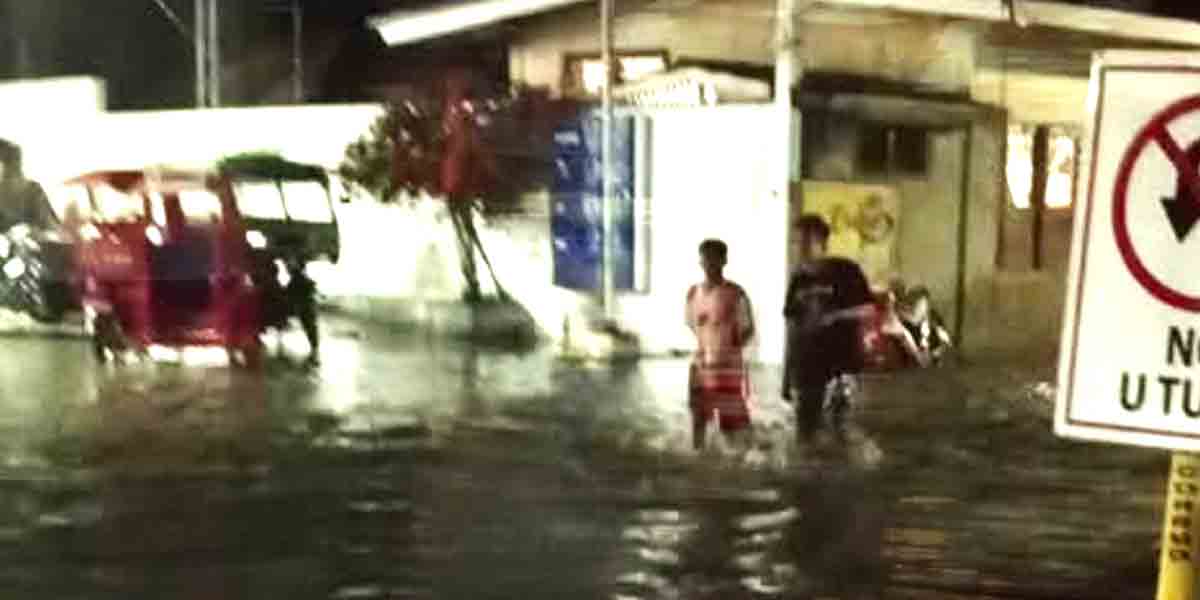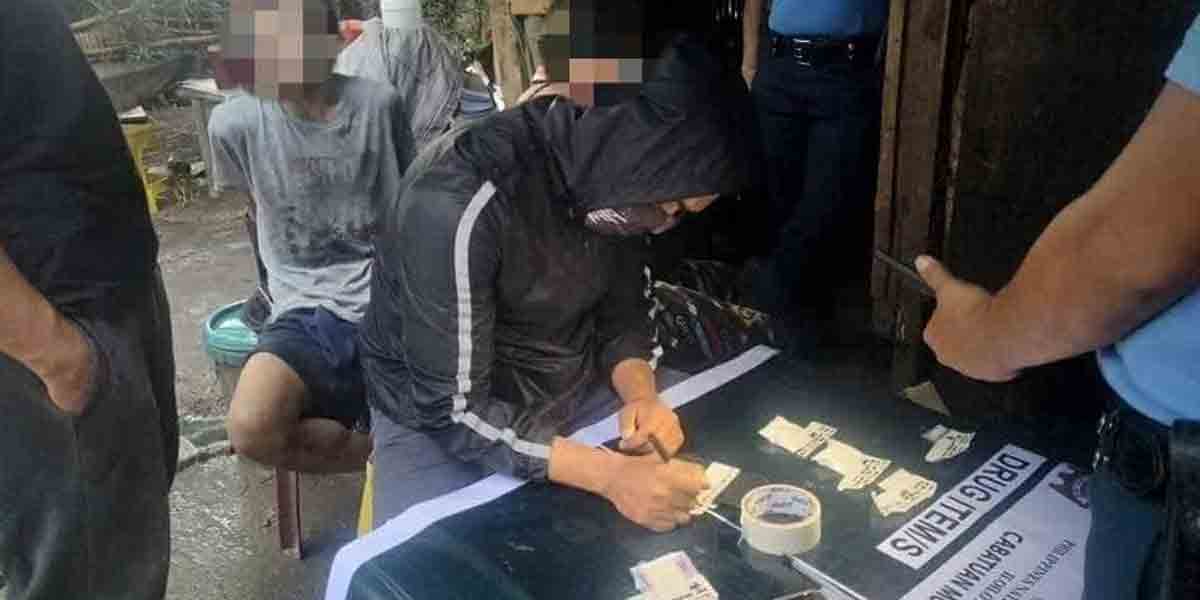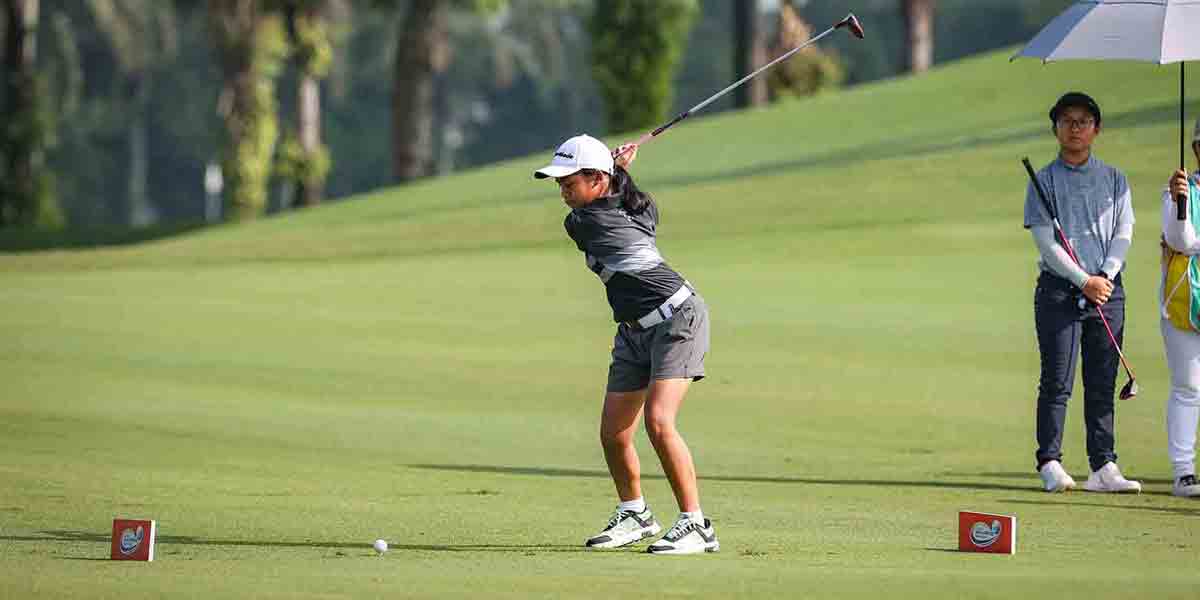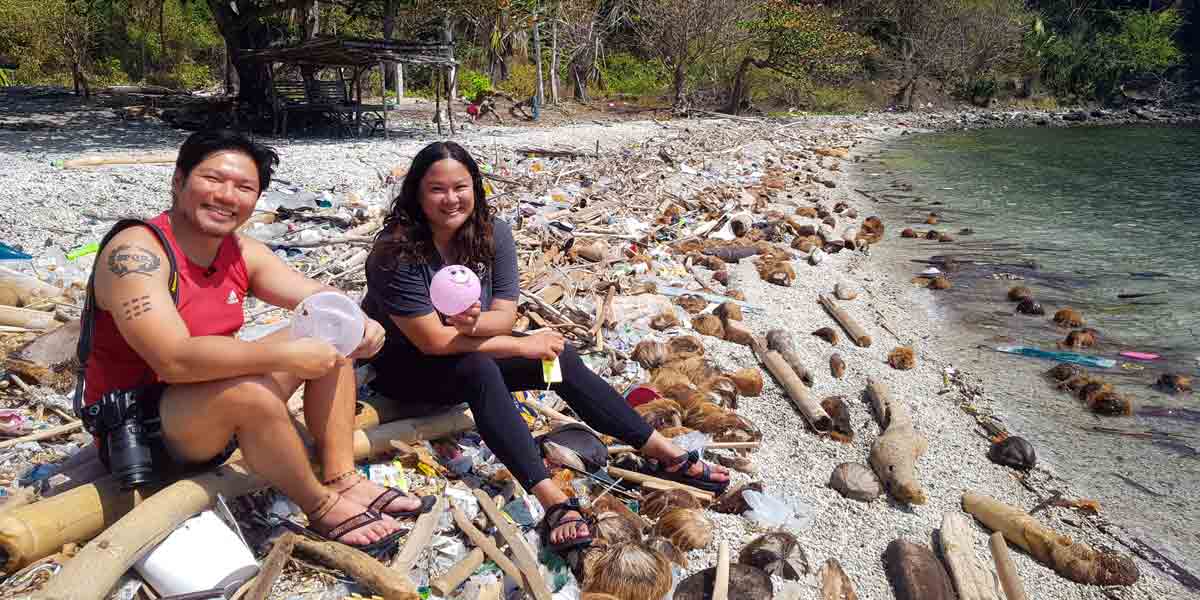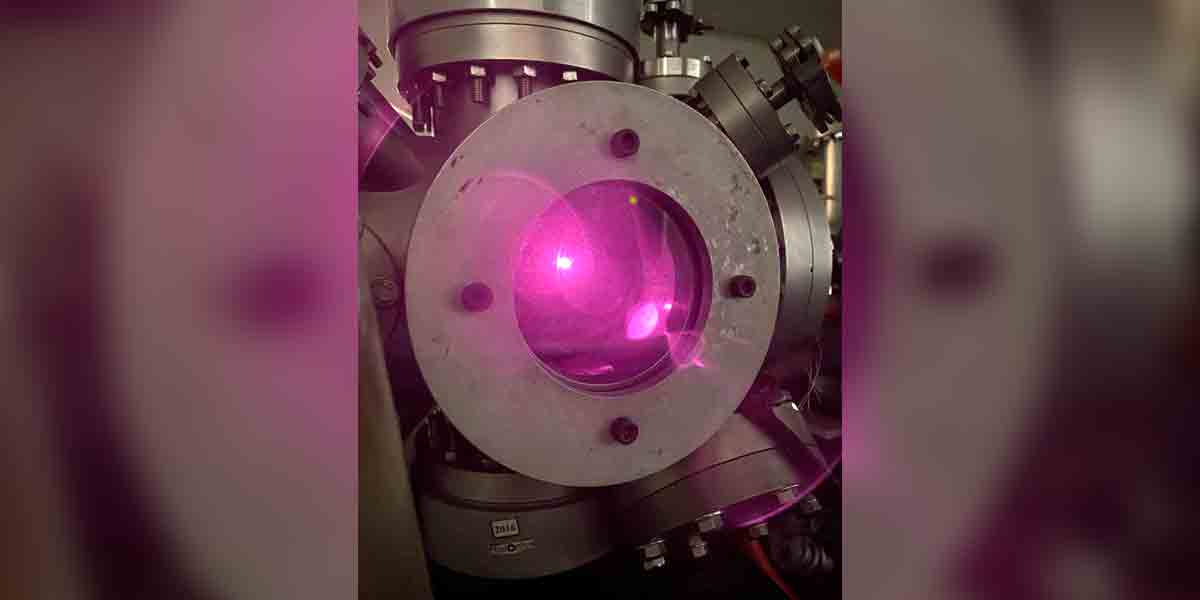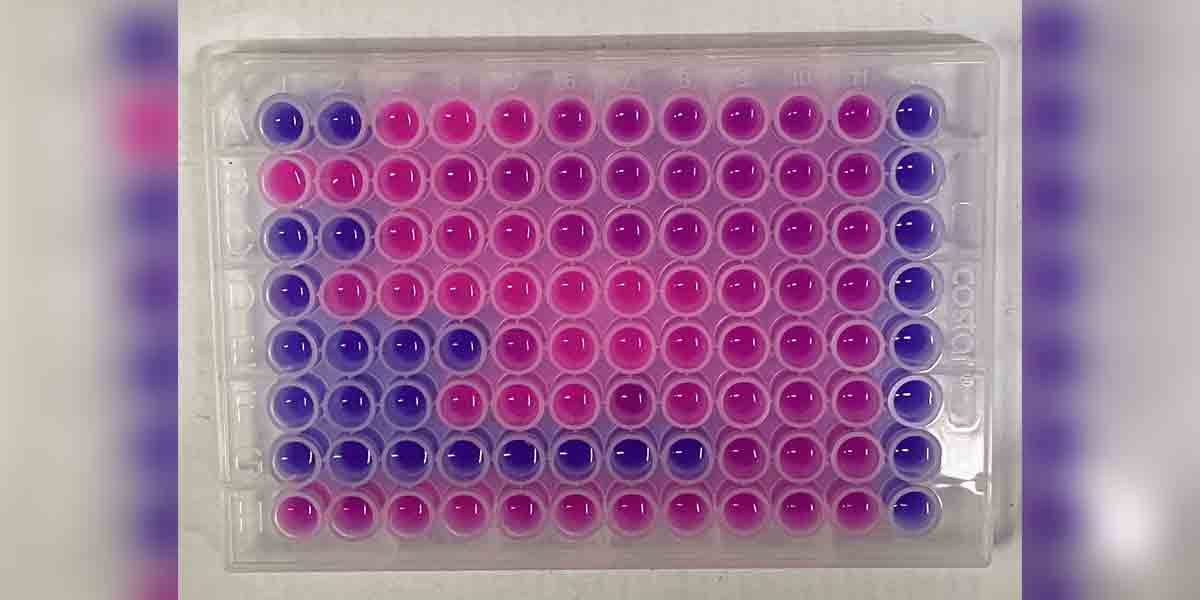 IT WILL be 76 years on Monday, January 14, when the guerrilla war against the Japanese in the Philippines took a sharp and dynamic turn. But people missed to commemorate that diamond anniversary marking the arrival in Catmon Bay in Hinobaan of a team of intelligence operatives sent by General Douglas MacArthurfrom Australia.
IT WILL be 76 years on Monday, January 14, when the guerrilla war against the Japanese in the Philippines took a sharp and dynamic turn. But people missed to commemorate that diamond anniversary marking the arrival in Catmon Bay in Hinobaan of a team of intelligence operatives sent by General Douglas MacArthurfrom Australia.
The results of this event in the history of the guerrilla war in the Philippines informedMacArthur, Commonwealth President Manuel Quezon and American President Franklin Roosevelt about the loyalty of the Filipinos. Their reportsand those of hundreds of spies of the Allied Intelligence Bureau that they organized influenced the decision to liberate the Philippines first instead of bypassing the country and striking directly at the Japanese mainland.
We cannot guess what could have happened if MacArthur had not sent his operatives here but he did and we now know the incalculable value of their operation. Sadly even war veterans today have not talked about this landing as if it did not happen.
I dont blame them because even several American top generals wanted to ignore this event while emphasizing what their American agents did, not the truth that the Filipino spies did it first. There is no point blaming the Americans but the failure of our guerrilla leaders to mark this event is unfortunate.
This lapse is common. Many important events of the war are already unknown to the present generation because there is no effort to insure their preservation and propagation. We have a few that are commemorated, like Bataan Day and the surrender of the Japanese forces in Negros in 1945,but there are others that had been forgotten.
Be that as it may, what happened in Hinobaan? It is the stuff that war and espionage stories and films are made of.
After the fall of the Philippines on May 6, 1942, several Filipino units chose to continue the fight in accordance with War Plan Orange wage a guerrilla war. The surrender of the units in Bataan and Corregidor actually left most of the units of the United States Army Forces in the Far East (USAFFE) in the country outside the direct command of General Jonathan Wainwright. He ordered that all should surrender but most of the regiments under Filipino commanders did not heed the order.
They were threatened with court martial and would be considered deserters if they did not surrender but they believed that Wainwrights order was made under duress and therefore they were not compelledto obey. Some stashed their weapons and went home to wait for orders; otherswent into hiding.
These units sent messages to the US command in Australia but while their signals were detected, the Americans were not certain that they were from the authentic units. The Americans suspected the messages as coming from the Japanese with the intent of feeding MacArthur false information.
President Quezon was also receiving information that most of his cabinet members, local officials and members of Congress and even the Philippine Constabulary had collaboratedwith the Japanese.This collaboration was easily seen by the conduct of top officials in trying to convince the recalcitrant USAFFE soldiers to surrender and Japanese propaganda beamed worldwide.
Just after the Philippines surrendered, Major Jesus Villamor, one of the pilots of the Philippine Army Air Corps who evacuated to Australia prior to the capitulation, conceived of a plan to infiltrate the Philippines, secure information about the loyalty of the Filipinos, establish a system of intelligence gathering and reporting to Australia, verify the reported guerrilla units and unify and coordinate their operations. Villamor was to establish a mechanism to supply them with weapons, ammunition, medicines, and communications facilities all the needs to make them effective against the Japanese.
Quezon and MacArthurapproved the plan and gave Villamor authority over any rank the guerrillas may claim. He organized and trained a team of five men that he called the Planet Party.
The group sailed to the Philippines via submarine Gudgeon. After a harrowing experience at sea, they finally landed just before the break of dawn in Catmon point. Villamor organized the Allied Intelligence Bureau that operated all over the country and facilitated the supply of war materiel for the guerrillas. The AIB became MacArthurs eyes and ears to prepare for his return to the Philippines.
History proves the AIB did an excellent job.



